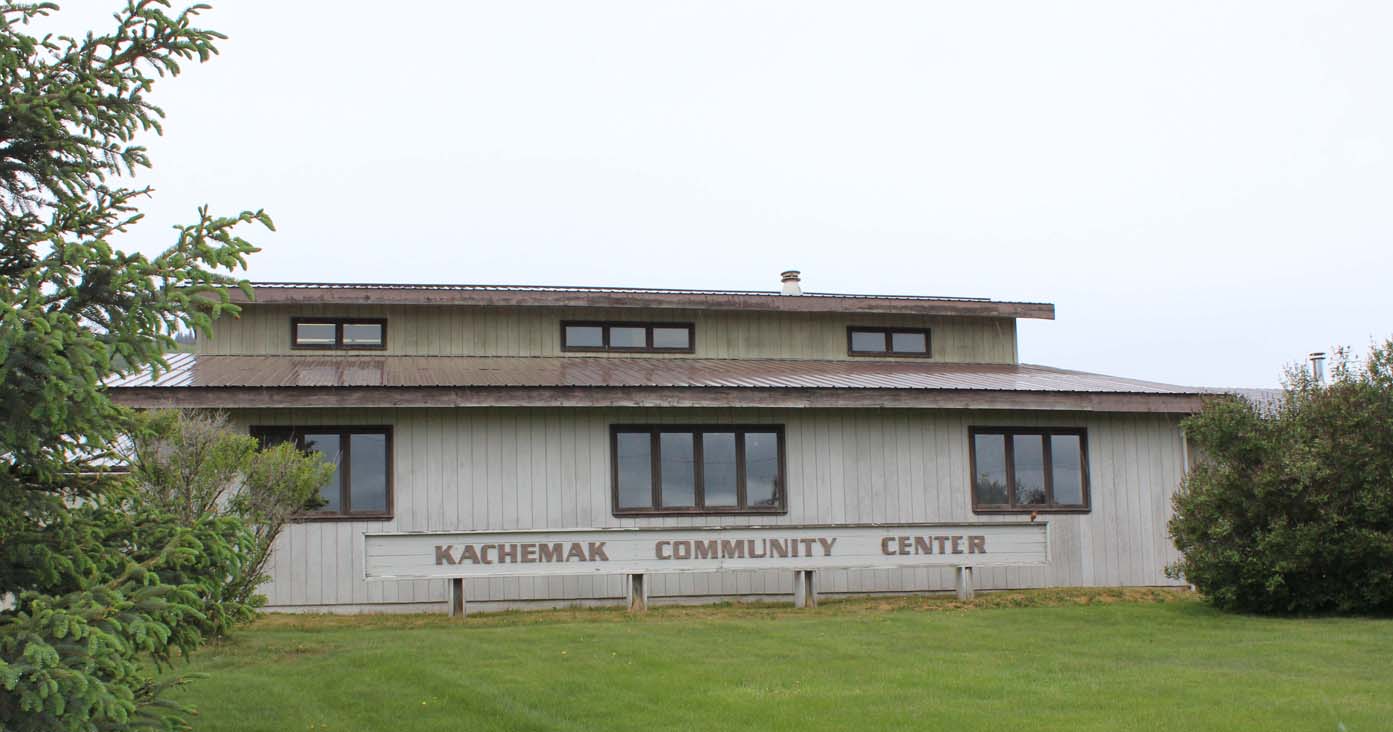The current residents of Kachemak City — all 472 of them according to the 2010 census — weren’t the first ones interested in this small stretch of land east of Homer.
Russians took a liking to the area more than 200 years ago and set up house near a settlement of Dena’ina. No physical evidence of that community can be found, but local historian and author Janet Klein said contemporary authors suggest the site may have been the area known today as Kachemak City.
Fast forward to the 1960s, with the northern shore of Kachemak Bay becoming increasingly popular. As the number of residents and their needs grew, Homer formed a Public Utility District to provide basic services and began taking steps toward incorporation.
Here’s where Kachemak City’s formation presents two scenarios, the first from an interview with Jim Caulkins, one of the city’s founders, observed by Neil McArthur. McArthur served on the city’s council for multiple terms and spent about six years as mayor.
“Jim told the story that about the beginning of statehood or soon thereafter came a federal bureaucrat who said there was federal money available for developing a water system, but you had to be a municipality,” said McArthur.
Homer thought it’s PUD would qualify as an exception and Kachemak City incorporated. Neither qualified, however.
The second scenario is that Kachemak City incorporated as a defense against the powers an incorporated Homer would have.
“I won’t say it was a tax dodge, but as an enclave to control the ability of the coming city of Homer to tax people that considered themselves out of town,” said Phil Morris, who has been Kachemak City’s mayor for the past 14 years.
According to the city’s comprehensive community plan, the city incorporated “to minimize the impact of local government.”
On Sept. 1, 1961, Kachemak City officially became a third-class city. Caulkins, Jack Deitz, John Collie, E. S. Nordby and Burton Carr were the city’s board of trustees.
Not everyone agreed with incorporation, however. Opponents challenged the constitutionality of a statute permitting nonresident property owners to vote on third-class city incorporation. Two years later, the Alaska Supreme Court determined “we are without jurisdiction in the case and … the appeal should be dismissed.”
In 1973, Kachemak City was reclassified as a second-class city “because there were no longer third-class cities,” said McArthur.
Current-day Kachemak City resident Bob Turkington was one of those involved in the appeal.
“I think Homer (city limits) should be on the other side of Fritz Creek,” Turkington told the Homer News. “I think it’s crazy to have Kachemak City and the city of Homer paralleling each other on East Road. It’s ridiculous.”
Turkington was referring to a stretch of East End Road that is Kachemak City on the uphill side beginning at Spencer Drive, and Homer on the downhill, or bay, side all the way to McLay Road. At that point, Kachemak City spreads to both sides of the East End Road, reaching all the way to the bay and continuing out East End Road almost to Waterman Canyon.
Morris describes Kachemak City as “an area of 1,100 acres, roughly, and 475 people; 460 that are happy and 15 that are always pissed about something.”
The city has a seven-member council, from which one is chosen to serve as mayor. The council meets the second Wednesday of the month at 7 p.m. in the city’s community building.
“It’s common sense government, with the most bang for the buck,” said Dave Weber, who has served on the council for eight years. “We try to represent the people.”
As an example, Weber pointed to a ballot measure asking if residents wanted to increase taxes in order for the city to provide road maintenance. The answer was no.
“Now each subdivision puts in for matching grants from Kachemak City that are funded from a state appropriation,” said Weber.
McArthur offered another example.
“We were asked by someone, possibly the troopers, to make it illegal to fire a firearm,” said McArthur.
“A large number of our citizens said they didn’t want to be prohibited from discharging firearms, so it is still legal in Kachemak City, for better or worse.”
In addition to the mayor, Kachemak has a part-time clerk, tennis courts, a fire truck and six street lights. The city has a 1-mill tax that goes directly to the city of Homer for fire and ambulance services.
“Other than that, we operate off some significant bank balances which we have saved over the years when the state was throwing money away and revenue sharing,” said Morris, referring to the state’s Community Revenue Sharing Program.
“And we have natural gas and we have sewer in part of town. We did all those things, but we don’t like to do stuff unless we have to. That’s the secret of Kachemak City.”
For more than a half century, Kachemak has followed a “less is better” philosophy.
“We don’t want the money. We don’t want the hassles. If you’re satisfied with where you’re at, that would be progress,” said Morris. “The world may eventually catch up with us, but they haven’t yet. They’re headed in the other direction.”
McKibben Jackinsky can be reached at mckibben.jackinsky@homernews.com.


